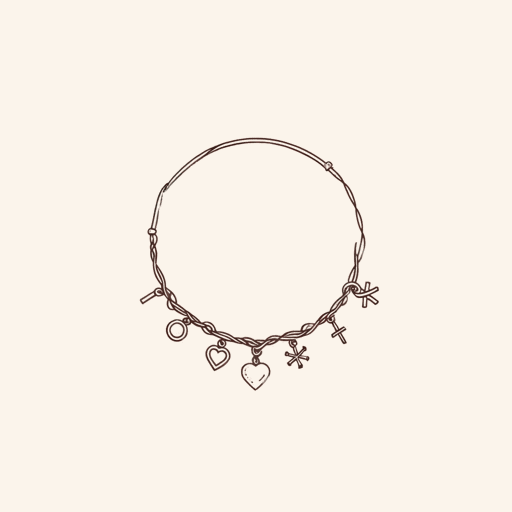99 pages • 3 hours read
Alice SeboldThe Lovely Bones
Fiction | Novel | Adult | Published in 2002A modern alternative to SparkNotes and CliffsNotes, SuperSummary offers high-quality Study Guides with detailed chapter summaries and analysis of major themes, characters, and more. For select classroom titles, we also provide Teaching Guides with discussion and quiz questions to prompt student engagement.
Reading Context
Use these questions or activities to help gauge students’ familiarity with and spark their interest in the context of the work, giving them an entry point into the text itself.
Short Answer
1. What have suburbs represented in the United States, culturally and socioeconomically? How did 1970s media (namely TV) represent suburban ideals many in the U.S.’s dominant culture still seem to embrace? What cultural factors might have prompted a shift in perception of the suburbs as the country moved into the 1980s?
Teaching Suggestion: It may be beneficial to check students’ awareness of the concept (and raison d’être) of suburbs as “safe,” which also meant “white” to many of their inhabitants, and of the mass exodus from urban areas (also known as “white flight”) that began in the 1950s and 1960s. See if they are cognizant of the historically lower crime rates in the suburbs, and the ideals that suburbs traditionally represented of the nuclear family with a stay-at-home mom, 2.5 children and a dog. In the early 1970s, popular media brought audiences The Brady Bunch, which featured a blended family (but not as a result of divorce) and children who led wholesome, safe lives. By the later 1970s, however, crime was on the rise, even in suburbs; in 1980, Ronald Reagan was elected president and reinstated Nixon’s “War on Drugs” and strong anti-crime stance.



